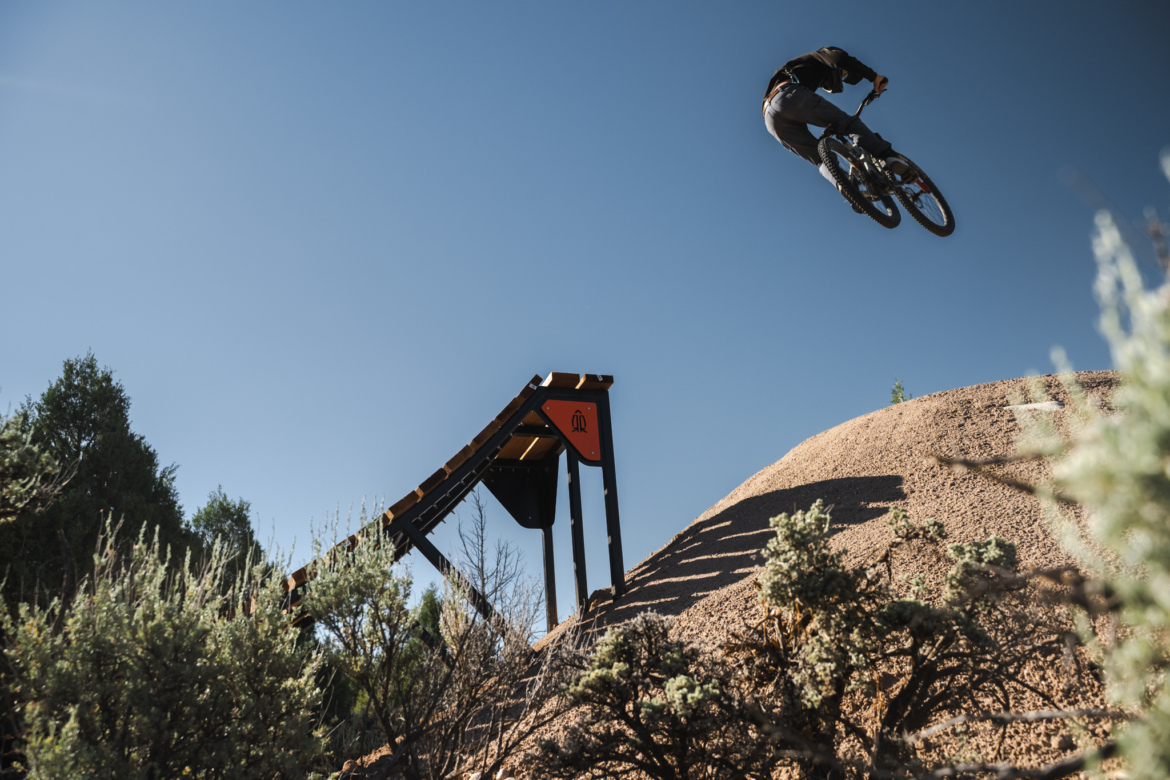
When Henry Lanman, Founder of Rocket Ramps, outlined the possible jump lines and features they could build for the Picuris Pueblo in New Mexico, he was initially taken aback by their request. “I was like, ‘Okay, let me be clear: this jump is 50 feet long and the lip is 15 feet tall. Is this what you want?’ And they’re like, ‘Absolutely. We want to jump the road. We want the craziest jumps ever.'”
This was the total opposite of almost every client Rocket Ramps had built bike parks for in the past. Even so, building big “Fest-Series” jumps is a specialty of theirs. Lanman has built several massive jumps over the years, including the Natural Selection: Proving Grounds course. It’s just nearly unheard of for a public bike park.
Eventually, Lanman and his co-owner Teddy “Janker” Jaramillo talked them down a bit in size, because “if you build a Fest-Series jump, you use the entire hillside for like, one jump.” At the end of the discussions, the Pueblo said, “We just don’t want a small line. We want medium through pro.”
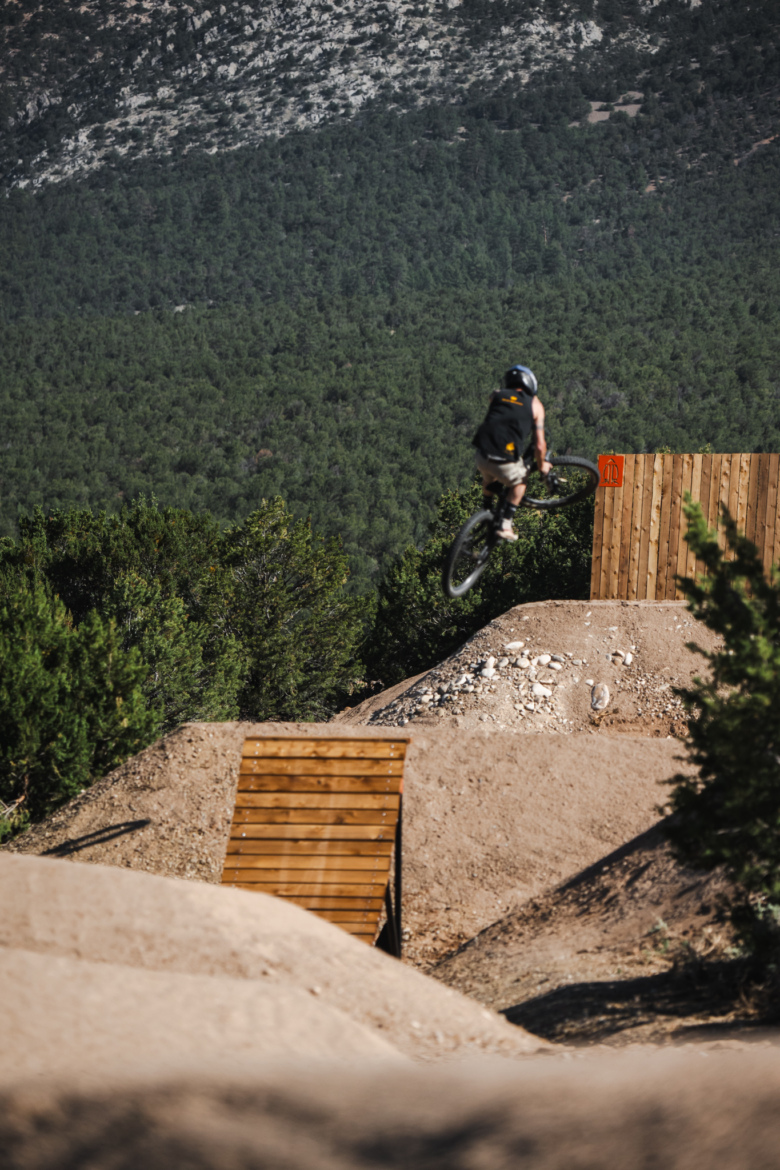
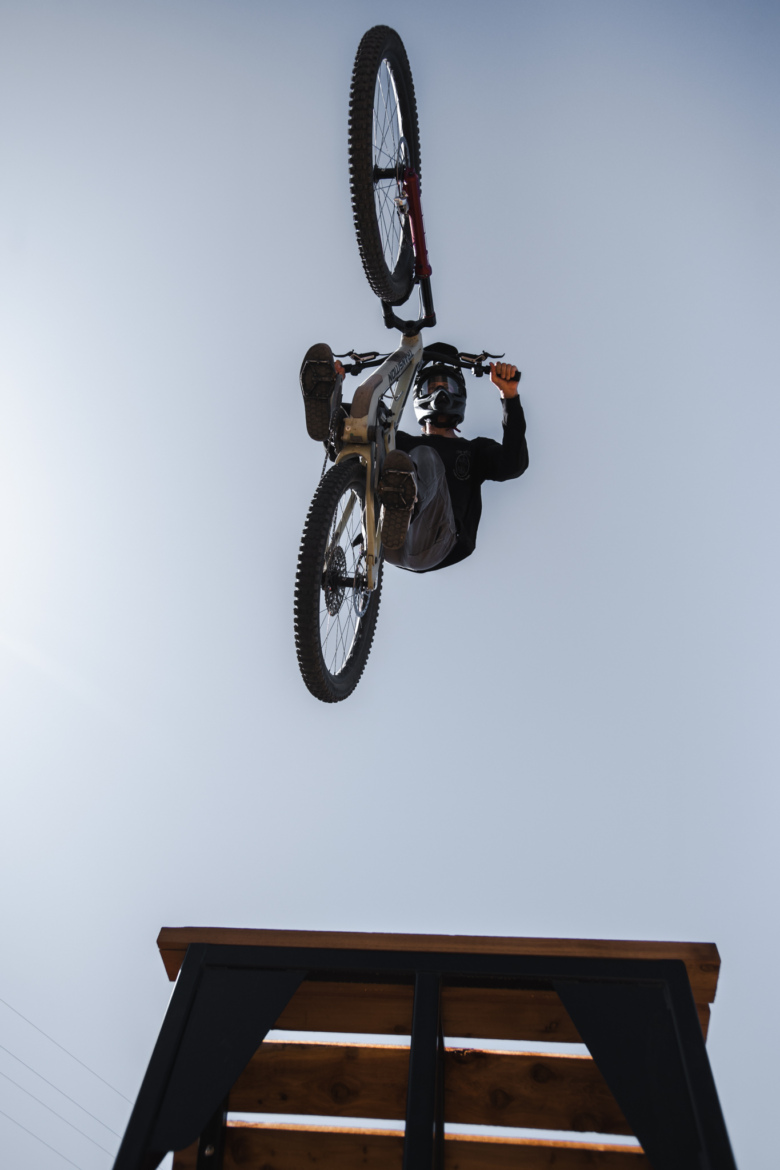
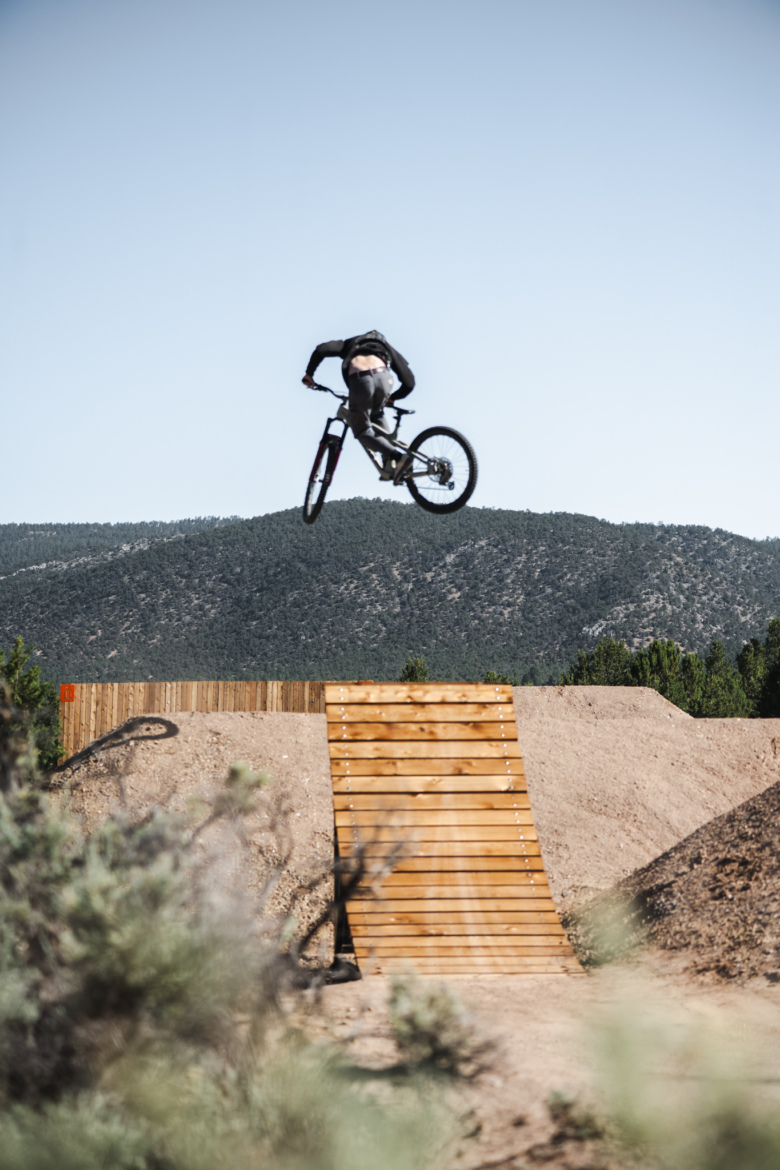
The vision behind the Picuris Pueblo bike park
The Picuris Pueblo is located just south of Taos and is home to the Picuris people, a tribe of the Pueblo people. The vision for the bike park was spearheaded by former Tribal Governor (and current Lieutenant Governor) Craig Quanchello. Quanchello grew up in the Picuris Pueblo and knew first-hand that in a pueblo of 300 people, “there’s not a whole lot to do in rural New Mexico, and you can end up going down the wrong path,” Lanman summarized. “[Quanchello] wanted to ensure that the next generation of youth were not going to take the wrong path.”
While one way to further yourself in life is to pursue higher education and earn a degree, Quanchello realized that this isn’t the only way for someone to improve their life or pursue their passions. “[Quanchello said] we also want them to have other options where school or, you know, STEM stuff, is not what they want. […] Kids can become professional athletes. They can become influencers. They can get really into these sports and make a living off of them in some way or another. So he was like, if we can provide the infrastructure for kids to do that, then they can. If that infrastructure doesn’t exist, […] you’re not going to be able to achieve your goal of being really good at it. So, that was their impetus. They wanted to provide something for their youth.”
To be clear, the infrastructure didn’t exist. According to Lanman, there’s nothing like the Picuris Pueblo Bike Park within a 300-mile radius of this tiny town. The scale of the bike park that they built and the quality with which it was constructed are entirely new for New Mexico, and potentially the entire Southwest.
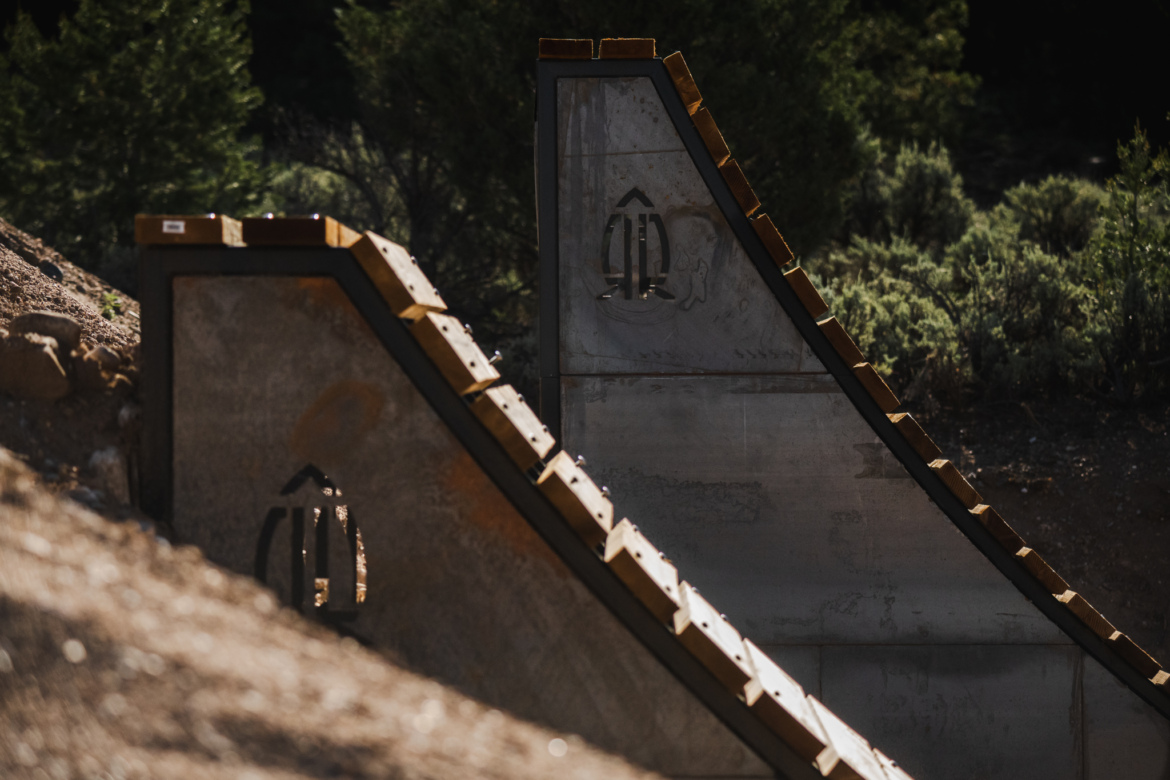
While Quanchello had the vision, the bike park wouldn’t have been possible without the substantial support of the New Mexico Outdoor Recreation Trails+ Grant, which funded the final phase of development with a $500,000 grant. This investment from the state was a result of convergent priorities. New Mexico is in the midst of a massive push to improve its outdoor recreation-based economy. “I think they want a piece of the pie that Utah and Arizona and Colorado are really getting,” said Lanman.
Instead of having New Mexico residents leave the state to recreate or pursue passions like MTB gravity riding, New Mexico wants to both keep its residents here and attract an influx of visitors. “There’s going to be an inflection point in the next 5–10 years, I think, of where people are coming here, instead of people leaving if they want more intense mountain biking, and I think parks like this are what’s going to give people the incentive to come back or stay,” said Lanman.
To make this vision a reality, the state of New Mexico is currently investing $15 million in trails per year.
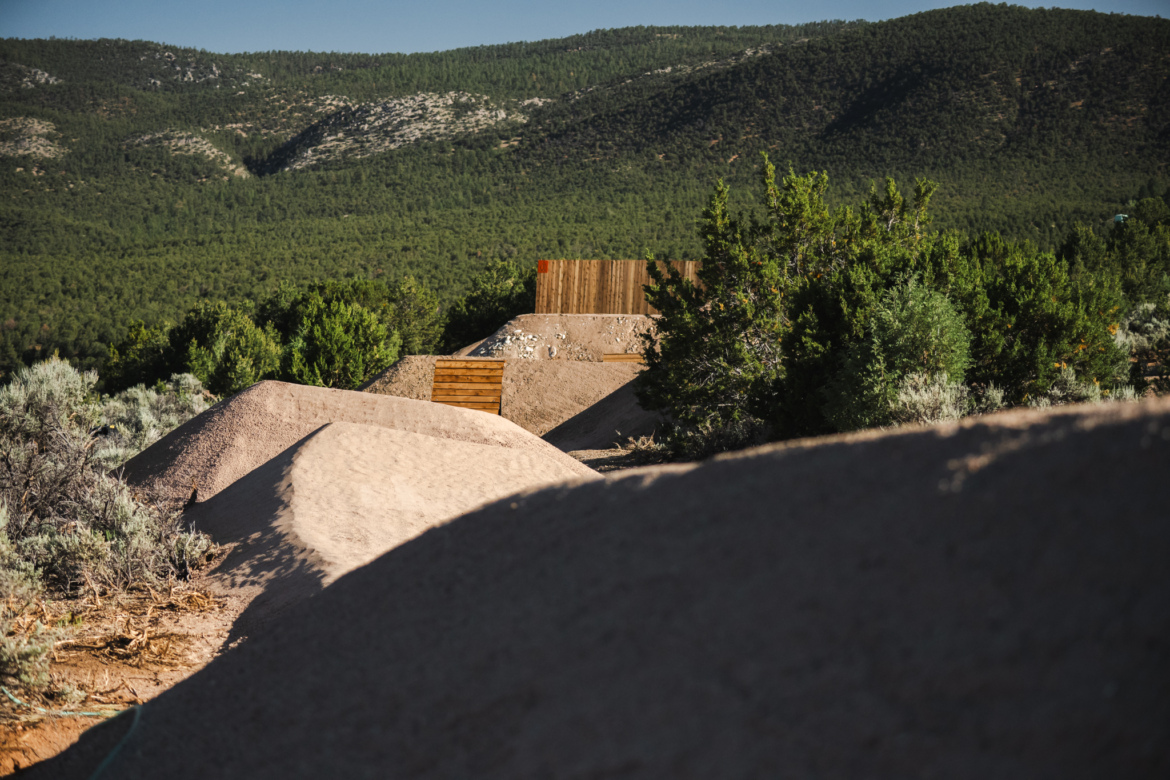
What will riders find when they visit the bike park?
The recreation facility which the bike park is attached to is already home to a world championship-certified pump track, a skate park, and an Olympic trampoline zone. Once riders have honed their bike handling skills at the pump track, they can then (hopefully) move up to the intermediate line.
Remember, the Pueblo didn’t want to build a beginner jump line, despite saying the park is intended for youth progression. Whether or not the leap from the pump track to the intermediate line is too large for progressing riders remains to be seen.
The jumps in the medium line are all table tops with pre-fabricated lips, “so they [can] maintain their curvature and their consistency over time.” In between, berms allow riders to keep their speed up, but these aren’t flow trails: they’re bike park jump lines. These jumps should be rollable, so riders can test the waters before sending. However, the lips are all four feet and taller… and the advanced lines only grow from there.
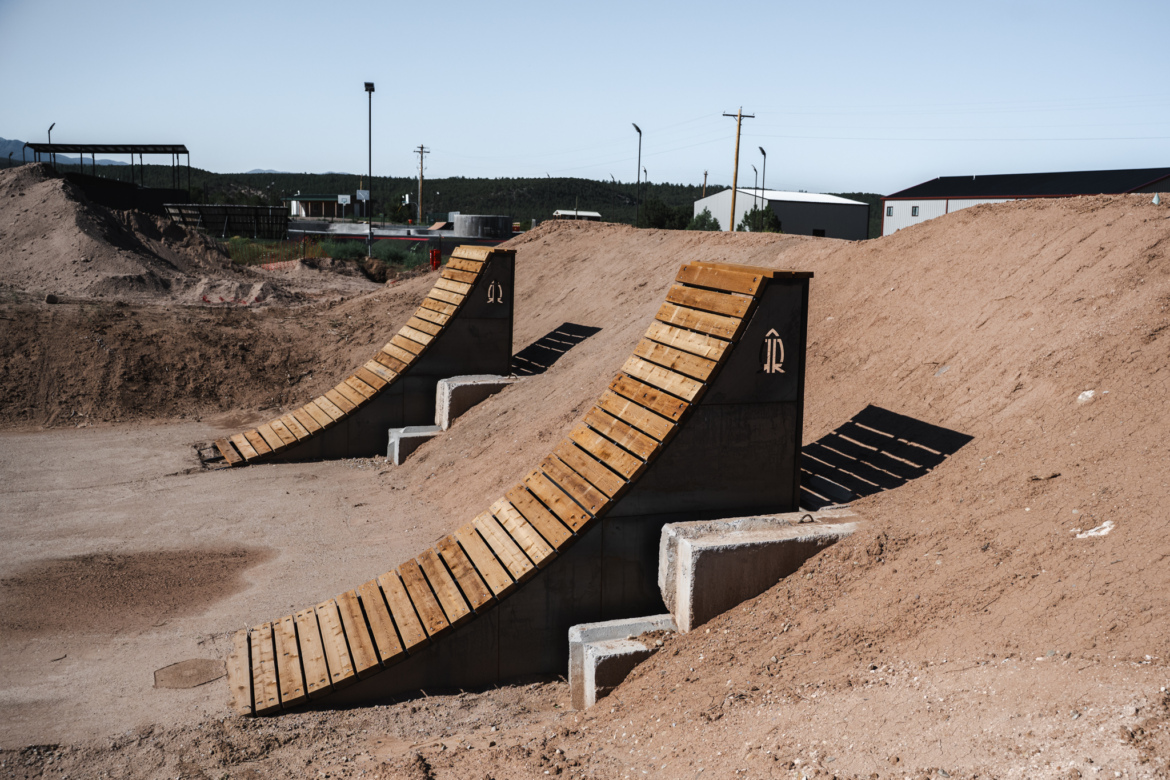
“Then you bump up to the large line where you have ramps of similar curvature, but they’re taller with some more technical features, more hips, setup jumps, some mandatory drops, no ride arounds,” said Lanman. At this point, riders are working to develop the technical ability to move their bike in the air to hit a variety of features. They’ll need to learn “to pop and to squash and stuff like that.”
Finally, the pro line is filled with “mini Crankworx features. You have step downs with lips on them, wall rides. We have a cannon log that’s massive with a really big, long landing.” The pro line also features several slopestyle lips, which are nine feet tall with 65-degree take-off ramps leading to 12-foot-tall landings. “You could do, like, double backflips and cashrolls on these jumps. It’s not a child’s play ramp.”
To help riders work up to hitting massive tricks on these steep jumps, Rocket Ramps built two mirror-image jumps that are identical to the final jump in the pro line. One of the practice jumps leads to a drape airbag and the other to a pile of mulch. “So if you want to learn a backflip, you can backflip to the bag, then you can backflip to the mulch, then you can backflip the dirt.” The trick practice zone is located near the entrance to the park, which will be “great for spectating and [it’s] right by the road. So if you get hurt, you can get carted off.”
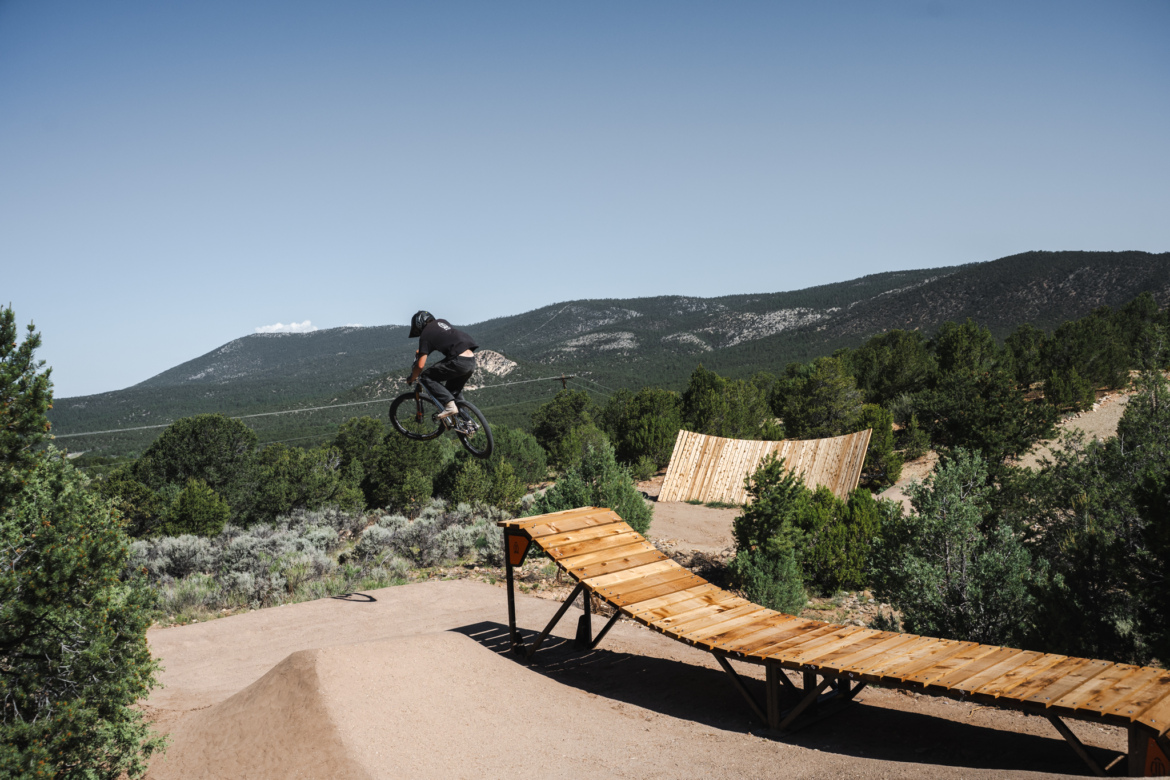
Public access to the bike park
While some pueblos in New Mexico are off-limits to non-residents, the Picuris Pueblo welcomes everyone to come and hit the jumps. Currently, the bike park is free to access; however, it’s possible that a fee may be charged for access in the future. The Pueblo does close at night, but it is open during the daytime.
If you do choose to visit, know that “these are a sovereign people [and] you are entering into a sacred, sacred piece of land.” Lanman asks that if you visit, you “respect [the land] and pick up your trash and look after it, and if anything looks weird or is wrong, report it.”
“Another big ask of the Pueblo was like, if you see somebody out there who may not feel comfortable riding something or is struggling or whatever, [to] encourage them, give them tips, and support each other. So just create a really awesome environment that’s not full of ego, and try to elevate people who you see.”
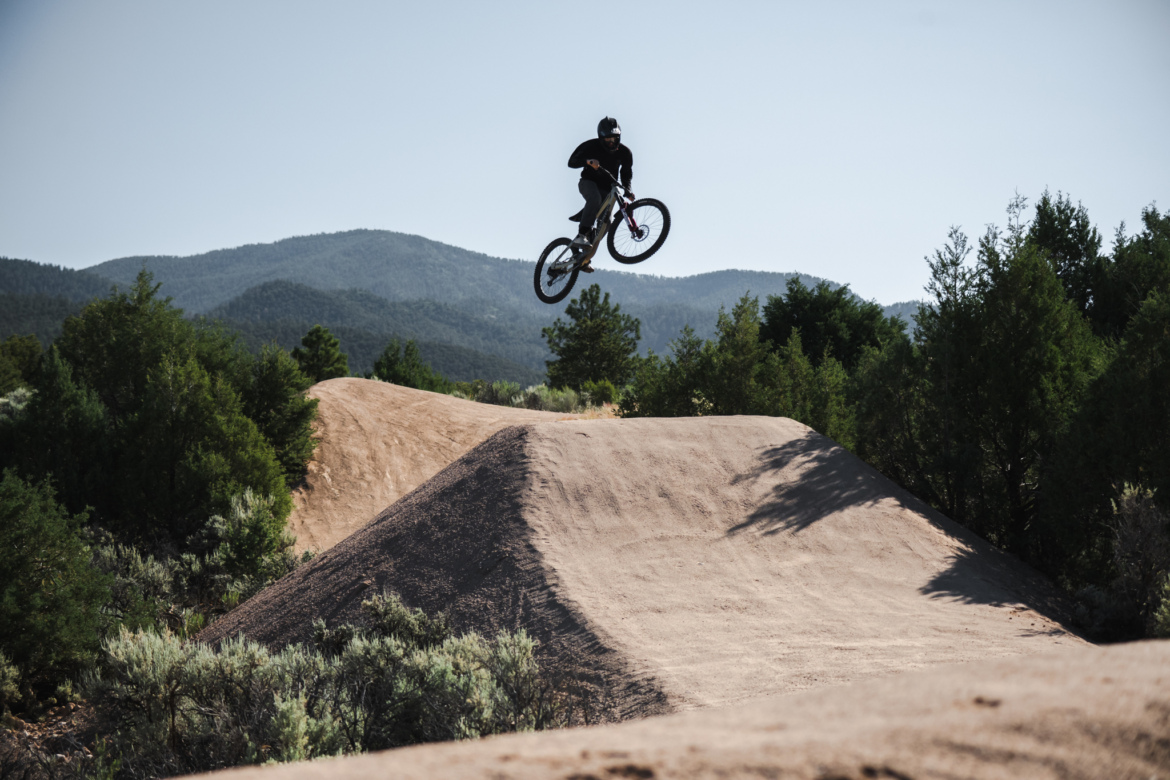
While the infrastructure has been built, barriers to progression remain
A half-million-dollar bike park is great and all, but it’s not much use if the local kids don’t have bikes to ride it. Last winter, I found myself sitting in my lawn chair in northern New Mexico, enjoying a cold NA beer after a long ride. A group of locals rolled up to check out the nearby bike park, and the group of kids were having a ball running up and down the jumps, launching themselves off the tabletops.
On their feet. Without a single bike in sight.
I asked if there’s a program that would give local kids access to bikes, and Lanman acknowledged that this is currently a big gap in the vision. However, he said now that the bike park has been built, there’s hope that such a program could be created in the future. “The state has the Outdoor Equity Fund that could be used to do that. I think we’re [also] looking at some of our bike partners that we could bring into the fold to assist with that.”
“But I think, yeah, if anybody else steps up to the plate to donate bikes or come give clinics or whatever, that would be phenomenal,” he added.
While the access to bikes for some of these kids might still be missing, the construction of one of the gnarliest bike parks in the Southwest is sure to inspire the next generation of dirt jumpers and slopestyle riders. Who knows what the sport will look like 10 years from now?!



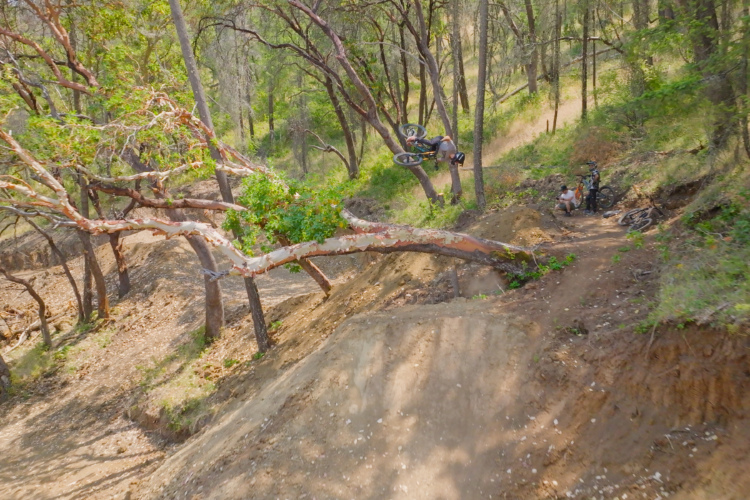
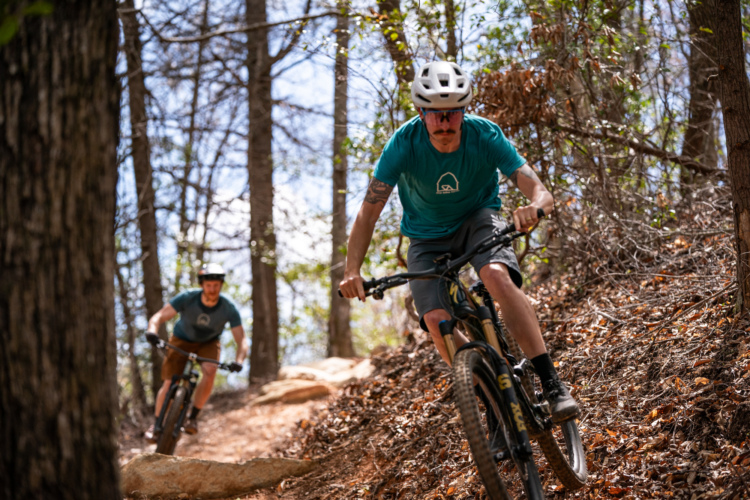
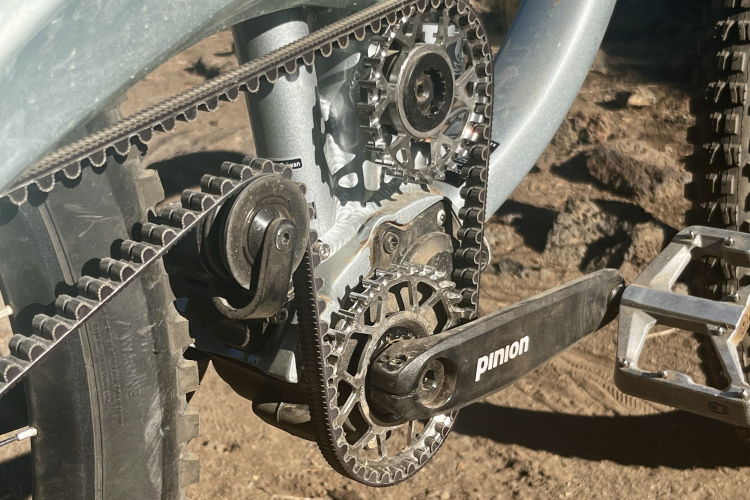
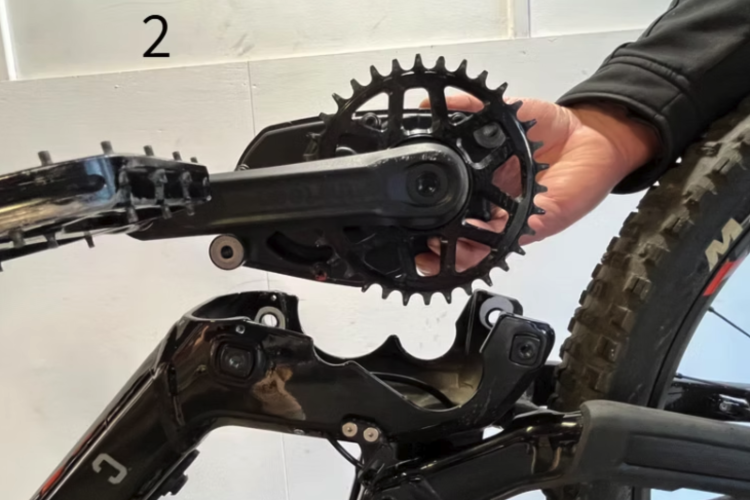

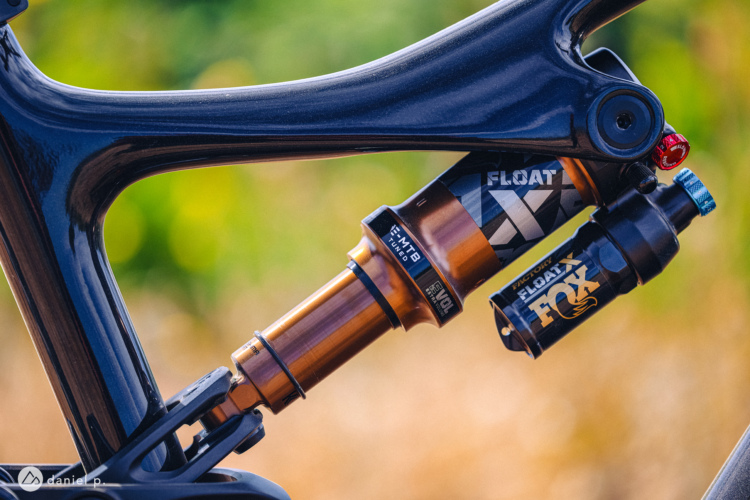

0 Comments